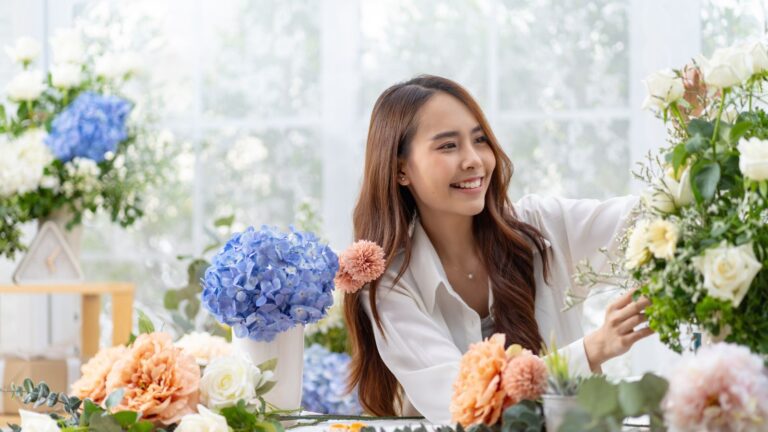Here in the UK, our gardens are renowned for their variety and charm, filled with plants that are quintessential to our country. Many Brits also have a passion for gardening, meaning that we’re often very familiar with these plants, their unique characteristics, and how to ensure that they thrive. So, to test your knowledge, here is a list of British plants that only those with green fingers will know how to tend.
English Rose
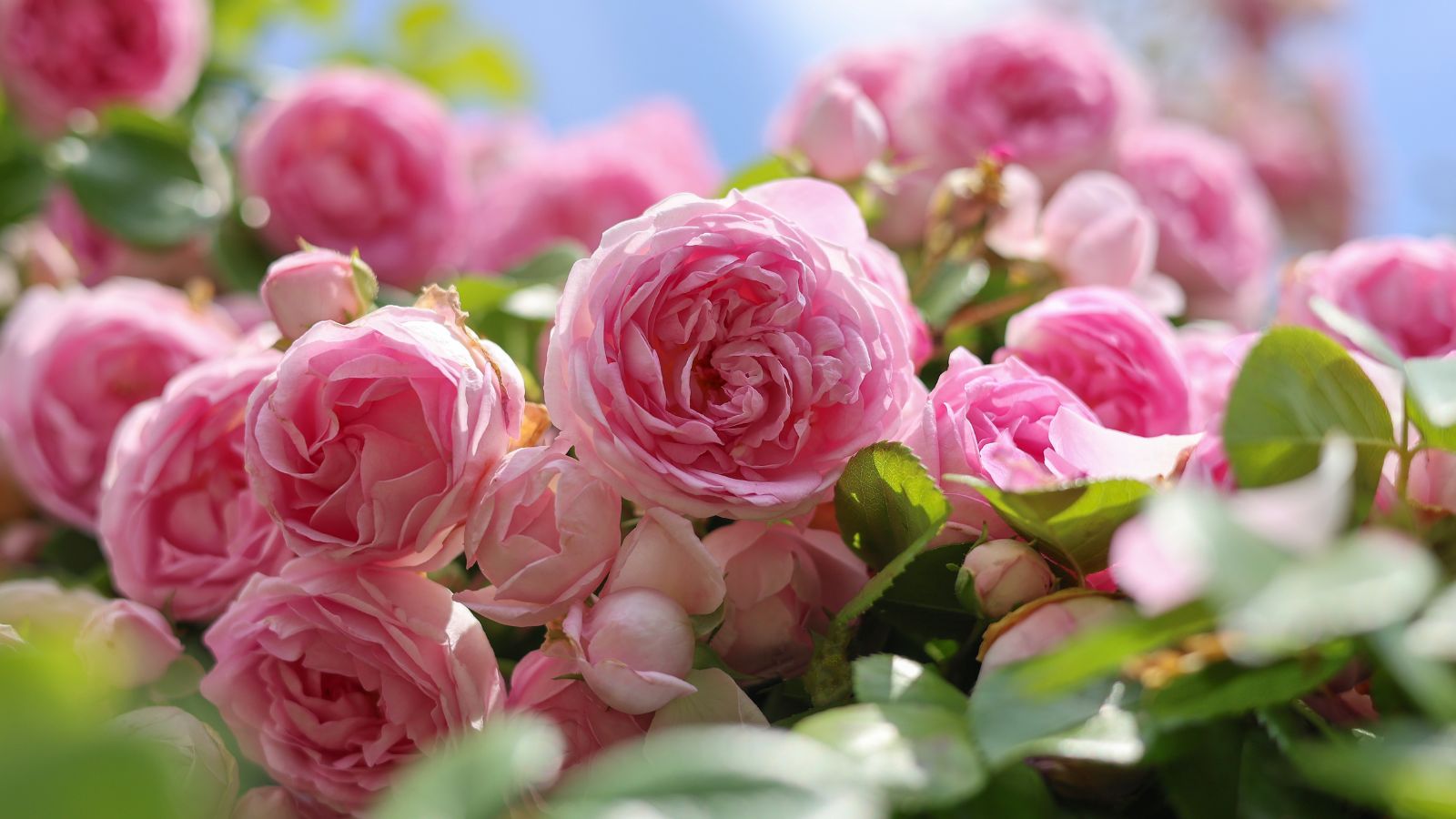
British plants don’t get much more quintessential than The English rose, beloved for its beauty and fragrance. It’s notable for its full blooms and wide range of colors, which many feel symbolizes romance and elegance. As Gardenia reminds us, roses require care and attention, but even still, their stunning display makes them a rewarding addition to any garden.
Lavender
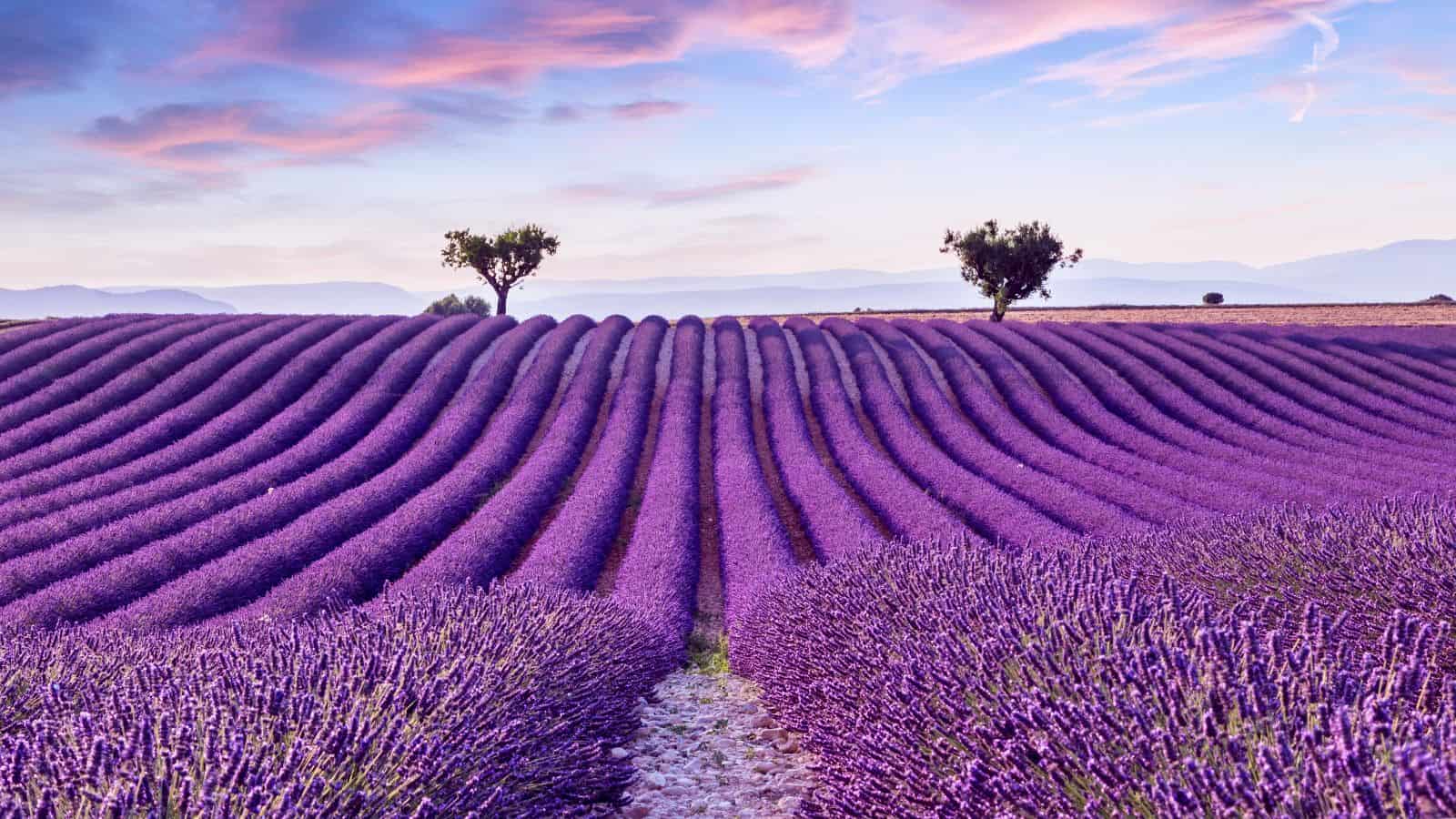
The soothing scent and purple flowers of lavender make it a popular choice for borders and herb gardens here in the UK. This hardy plant thrives in sunny spots and well-drained soil, adding a touch of Provence to British landscapes. Beyond its visual appeal, lavender is often also used in aromatherapy and home remedies.
Foxglove
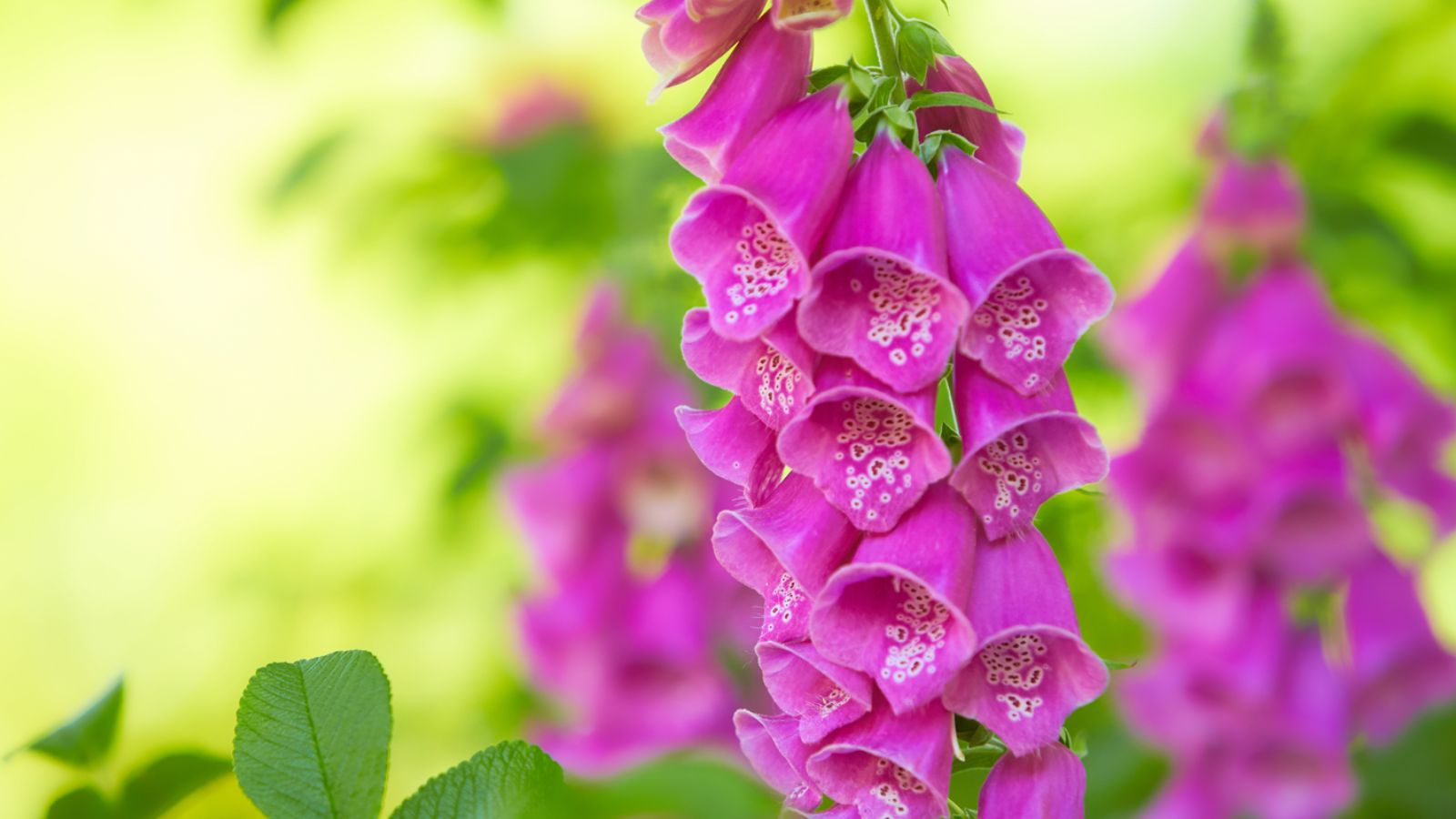
With their tall spires of bell-shaped flowers, Foxgloves add height and drama to any British garden. Commonly seen in shades of pink, purple, and white, these plants attract bees and other pollinators. However, even though they’re beautiful, foxgloves are toxic if ingested, making them a striking but cautious choice for gardeners.
Bluebell
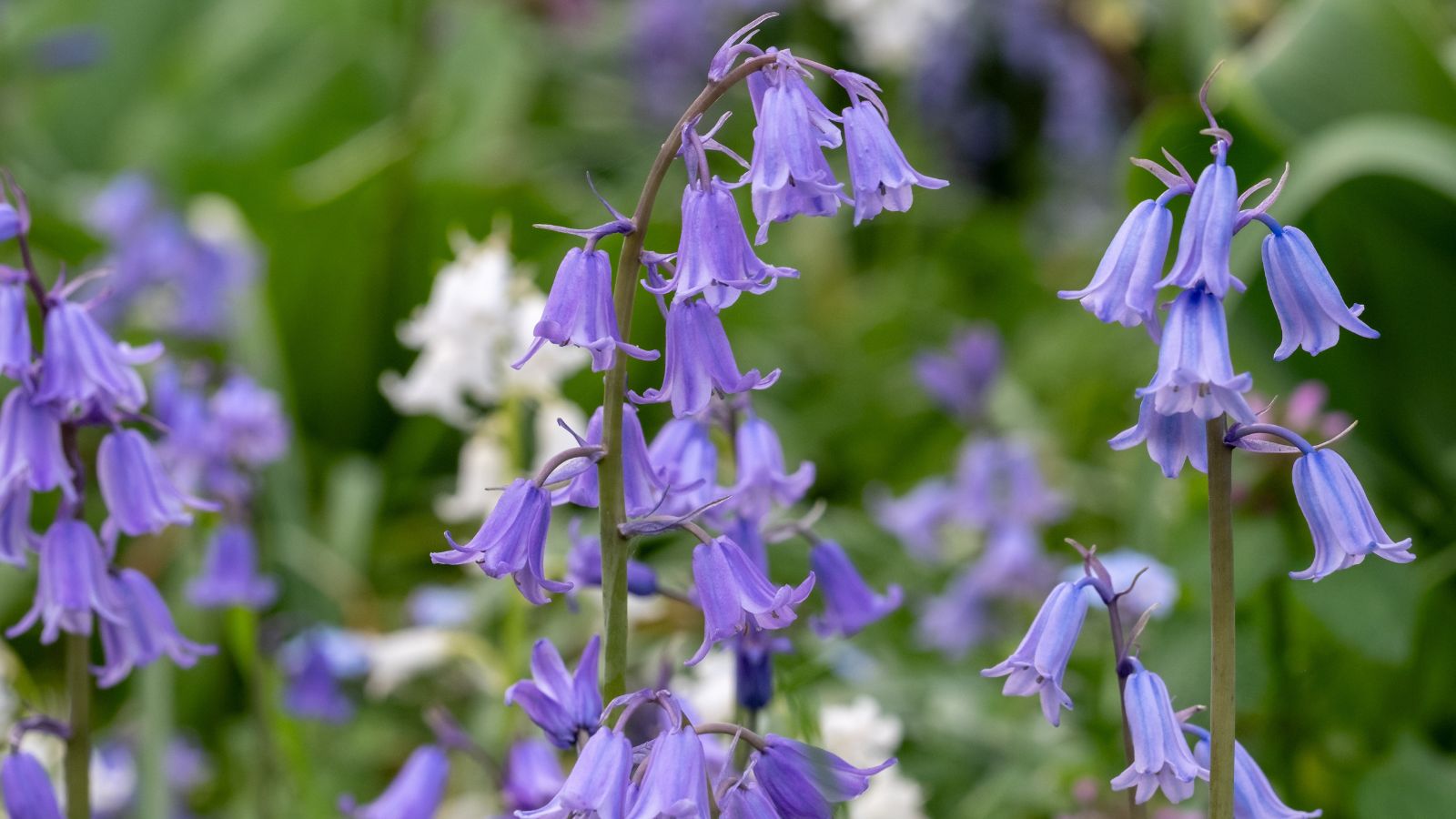
Bluebells carpet British woodlands each spring, creating a stunning sea of blue. Their delicate, bell-shaped flowers and sweet fragrance are a quintessential sign of the season. Native bluebells are protected, reflecting their cultural importance, and they thrive in shaded areas with well-drained, moist soil.
Holly
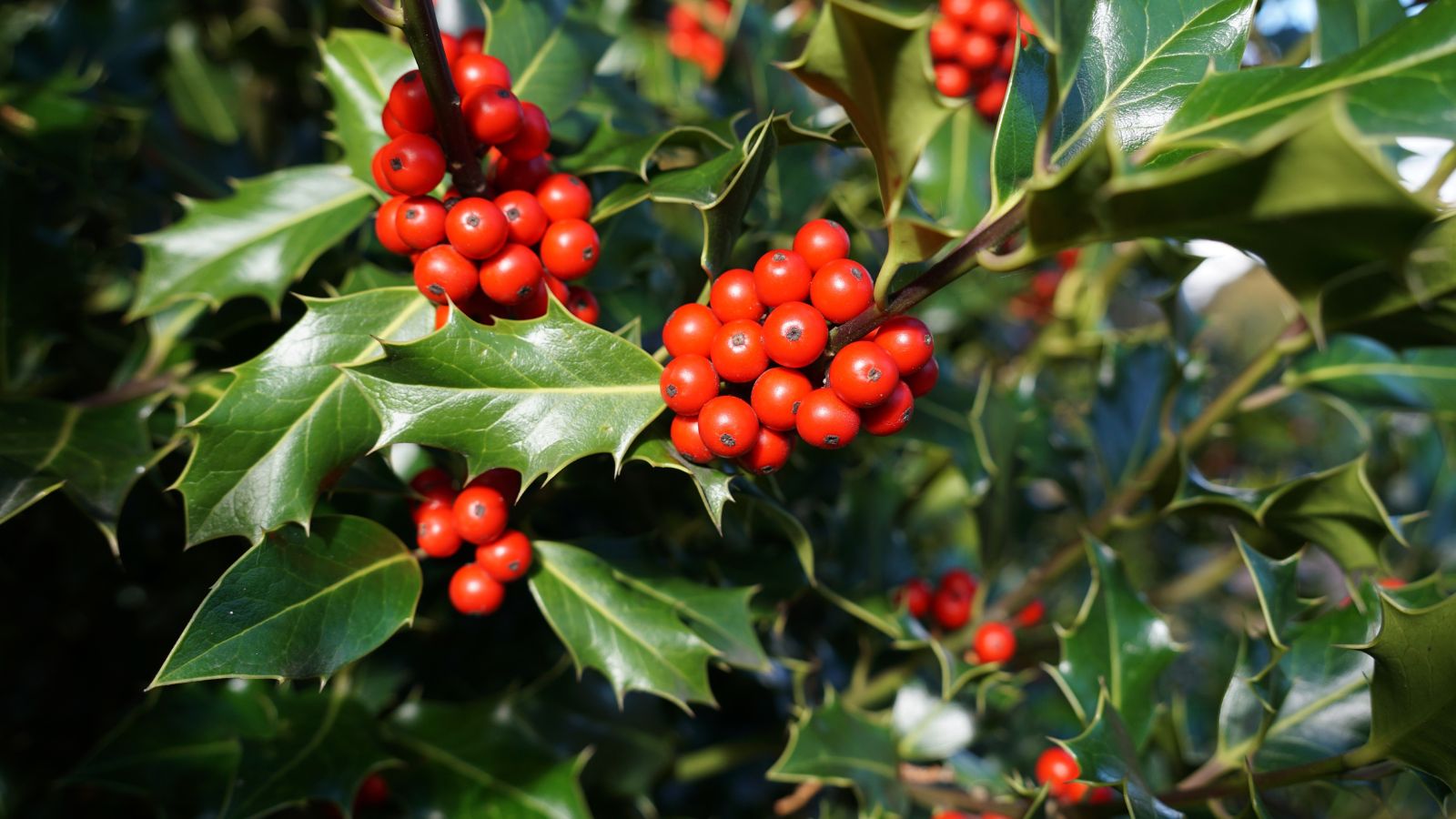
Another quintessential British plant is Holly, with its glossy green leaves and bright red berries being a familiar sight, especially around Christmas. This evergreen shrub provides year-round interest and is often used for hedging. Furthermore, Holly’s sharp leaves and vibrant berries add texture and color to gardens while also offering shelter for wildlife.
Wisteria
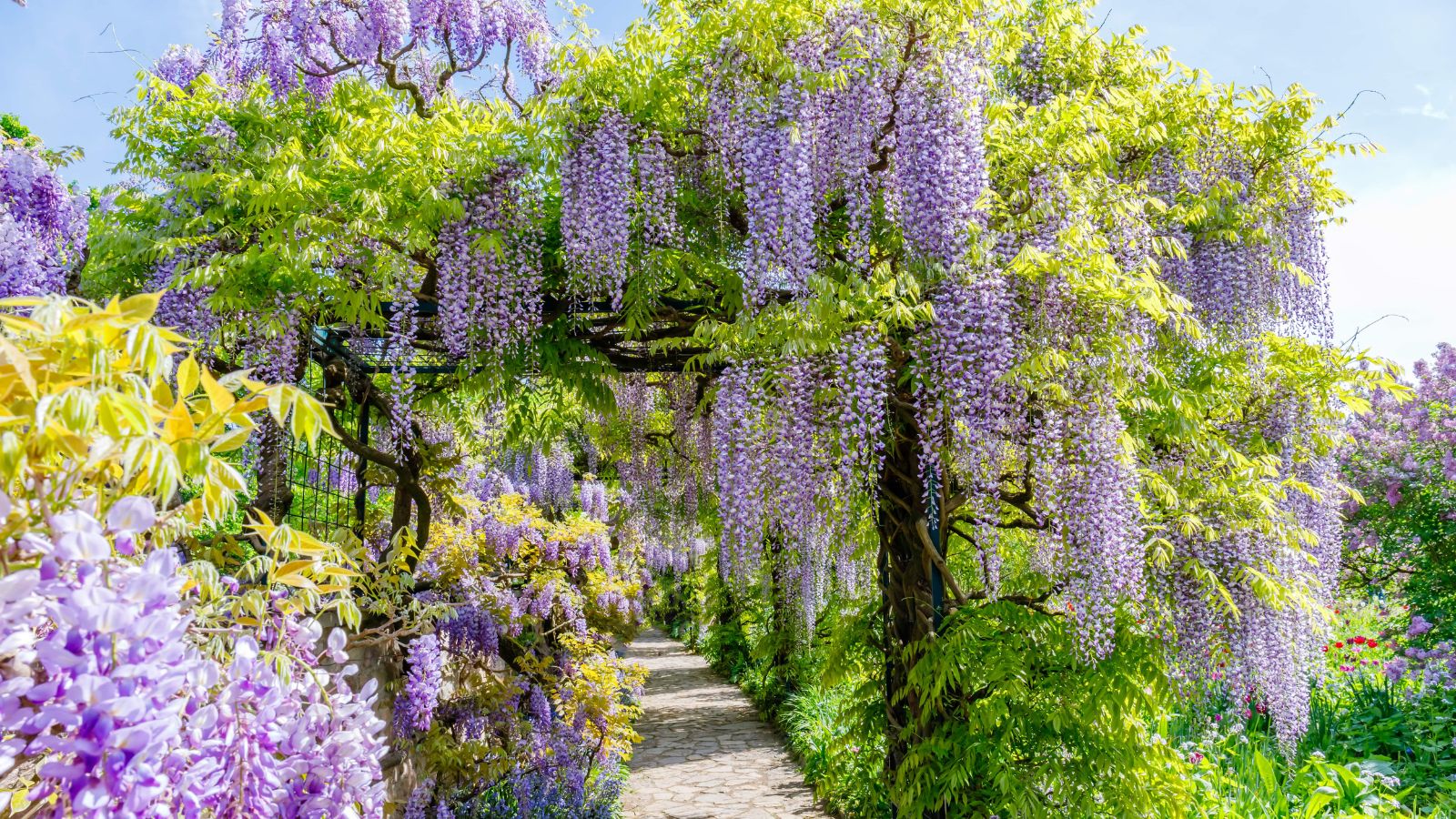
The cascading purple or white blooms of Wisteria are a show-stopping feature in many British gardens. Often trained over walls or pergolas, this climbing plant brings a touch of drama to outdoor spaces. Remember: Wisteria requires regular pruning to keep it under control, but its stunning floral display is worth the effort.
Hydrangea

Take a look in any garden within the UK, and you’ll probably find Hydrangeas, along with their large mophead or lace-cap flowers. Blooming in shades of blue, pink, or white, depending on soil pH, they bring a ton of versatility and impact to our countryside. These hardy shrubs thrive in both sun and partial shade, making them a flexible choice for various garden settings.
Daffodil

Ah, Daffodils, what a beautiful British flower! They herald the arrival of spring with their cheerful yellow blooms and are often associated with Easter and the start of the gardening season. These bulbs are easy to grow and naturalize well in borders or lawns, and their bright color and early flowering make them a beloved symbol of springtime renewal.
Snowdrop
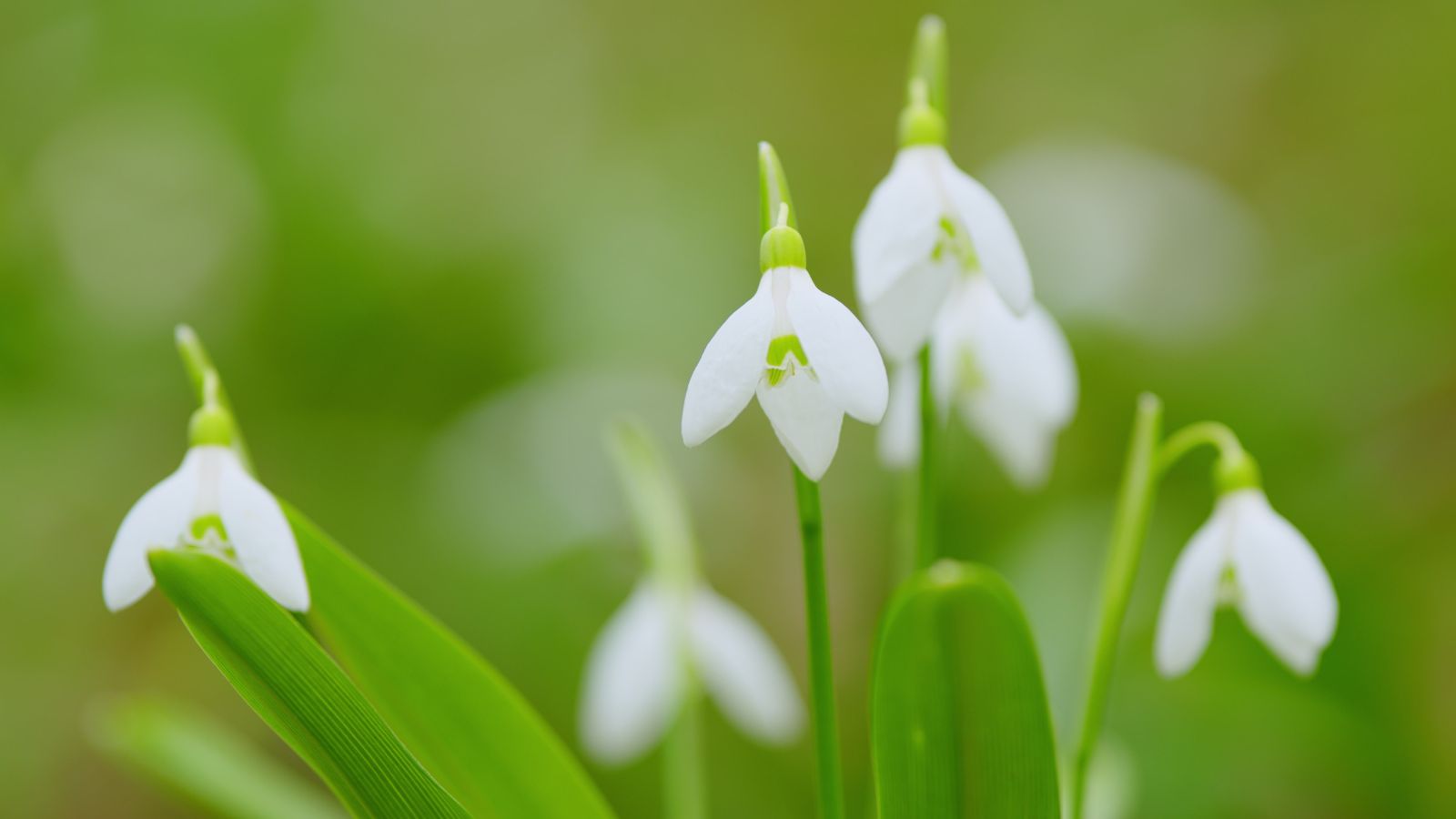
Snowdrops, among the first flowers to bloom in late winter, bring hope during the colder months, as their delicate, nodding white flowers tend to push through snow, signaling that spring is on the way. Snowdrops thrive in well-drained soil and partial shade, making them perfect for woodland or rock gardens.
Sweet Pea
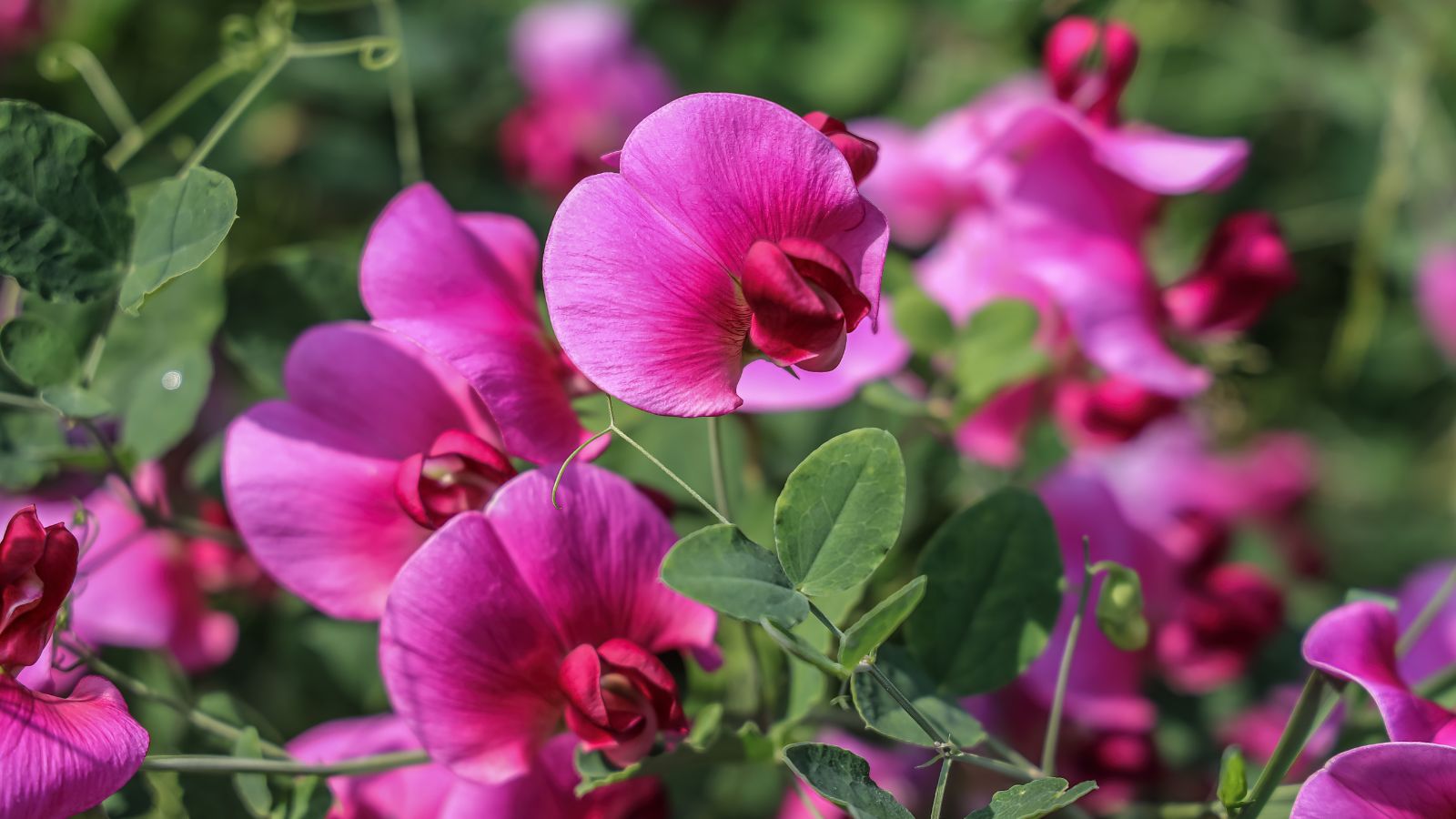
We Brits love our Sweet peas, which are cherished for their vibrant colors and sweet fragrance, making them a favorite for cutting gardens. These annual climbers add vertical interest to trellises or fences and bloom prolifically through summer. Regular deadheading encourages more flowers, ensuring a long-lasting display of their delicate, fluttering petals.
Primrose
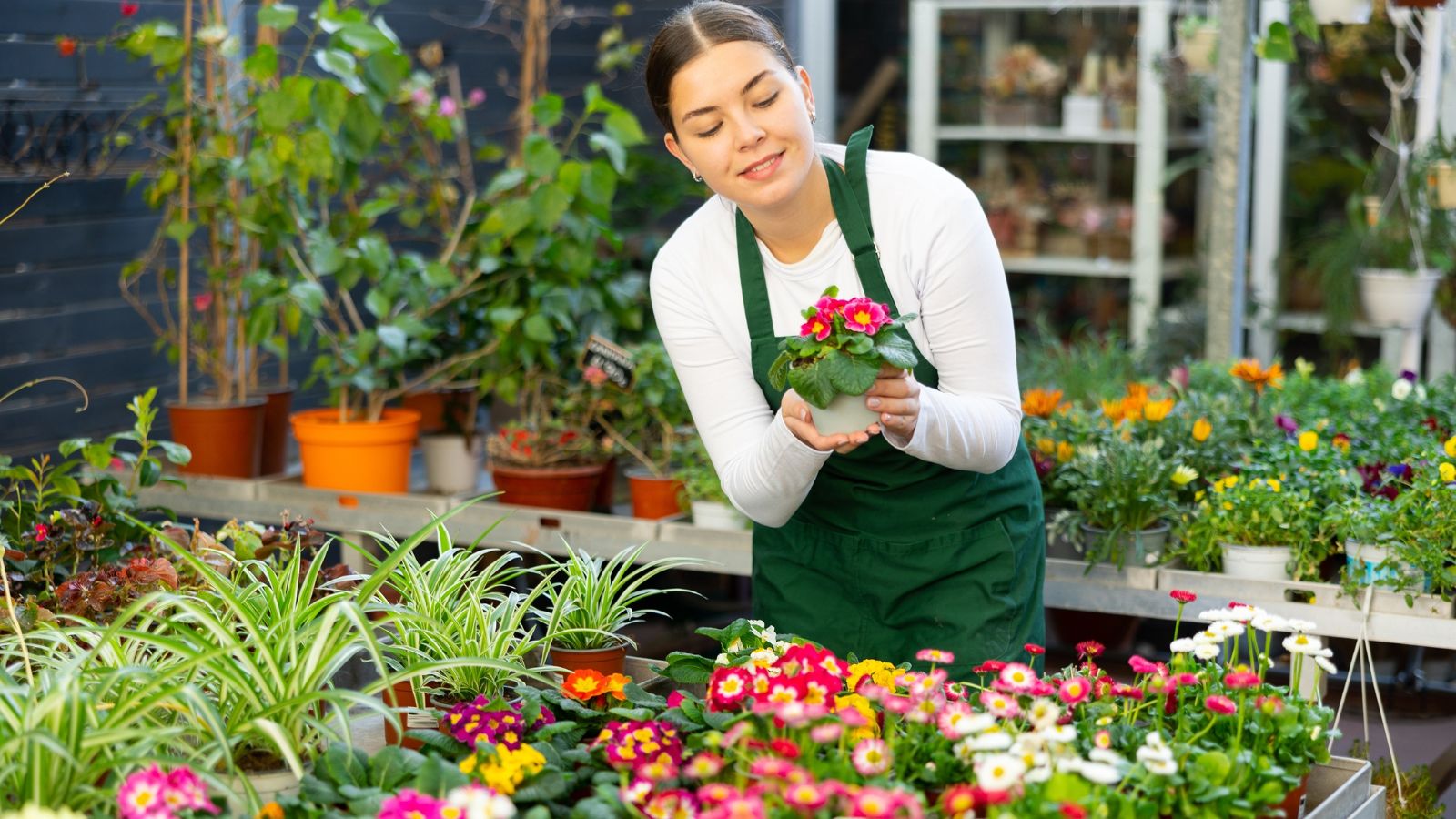
Often one of the first signs of spring, Primroses have bright, cheerful flowers appearing in a range of colors. Native to British woodlands, they’re easy to grow in gardens, adding pops of color to borders and rockeries.
Heather
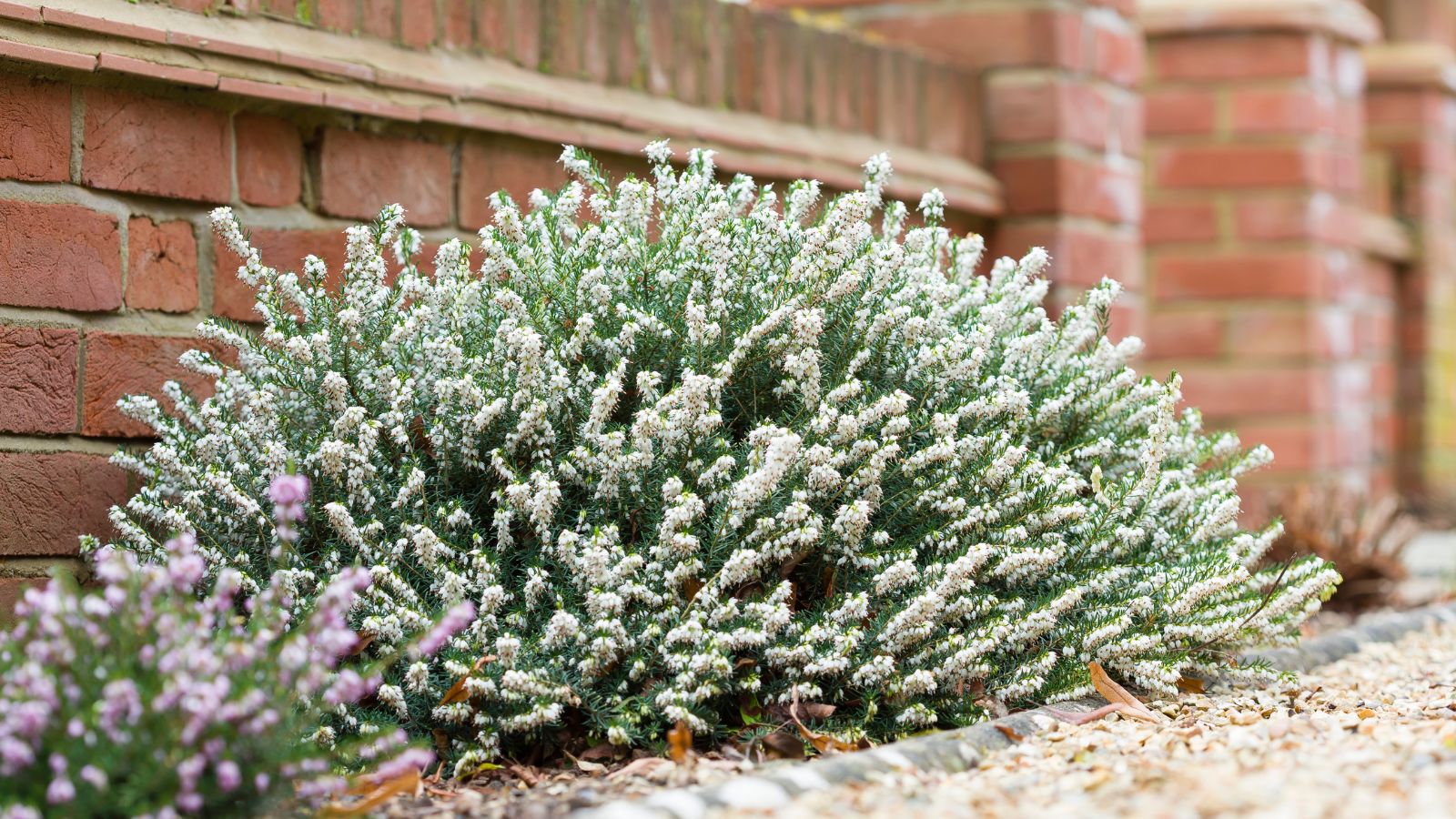
You’ll find Heather just about everywhere in the UK, and its low-growing, evergreen nature makes it a notable feature in rockeries and borders in particular. Blooming in shades of pink, purple, and white, it provides year-round interest and is especially valued for its winter color. Best of all, Heather is hardy and thrives in poor, acidic soils, making it a resilient choice for gardeners.
Clematis
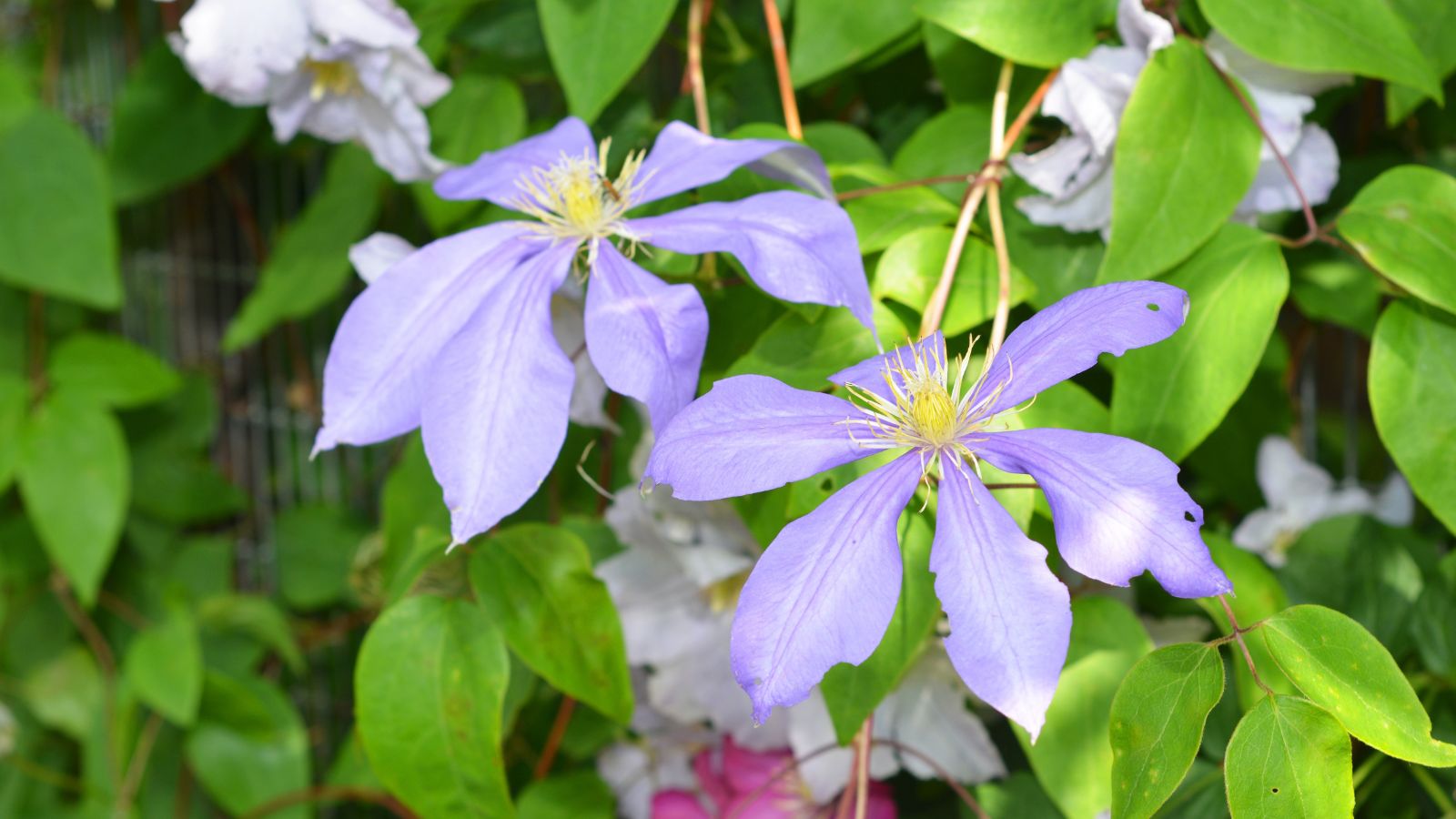
A versatile climber, Clematis offers a wide variety of flower shapes and colors. From the large, showy blooms of summer varieties to the delicate, nodding flowers of winter clematis, there’s a type for every garden. This plant thrives when its roots are kept cool, often achieved by planting it in shaded, well-mulched soil.
Peony
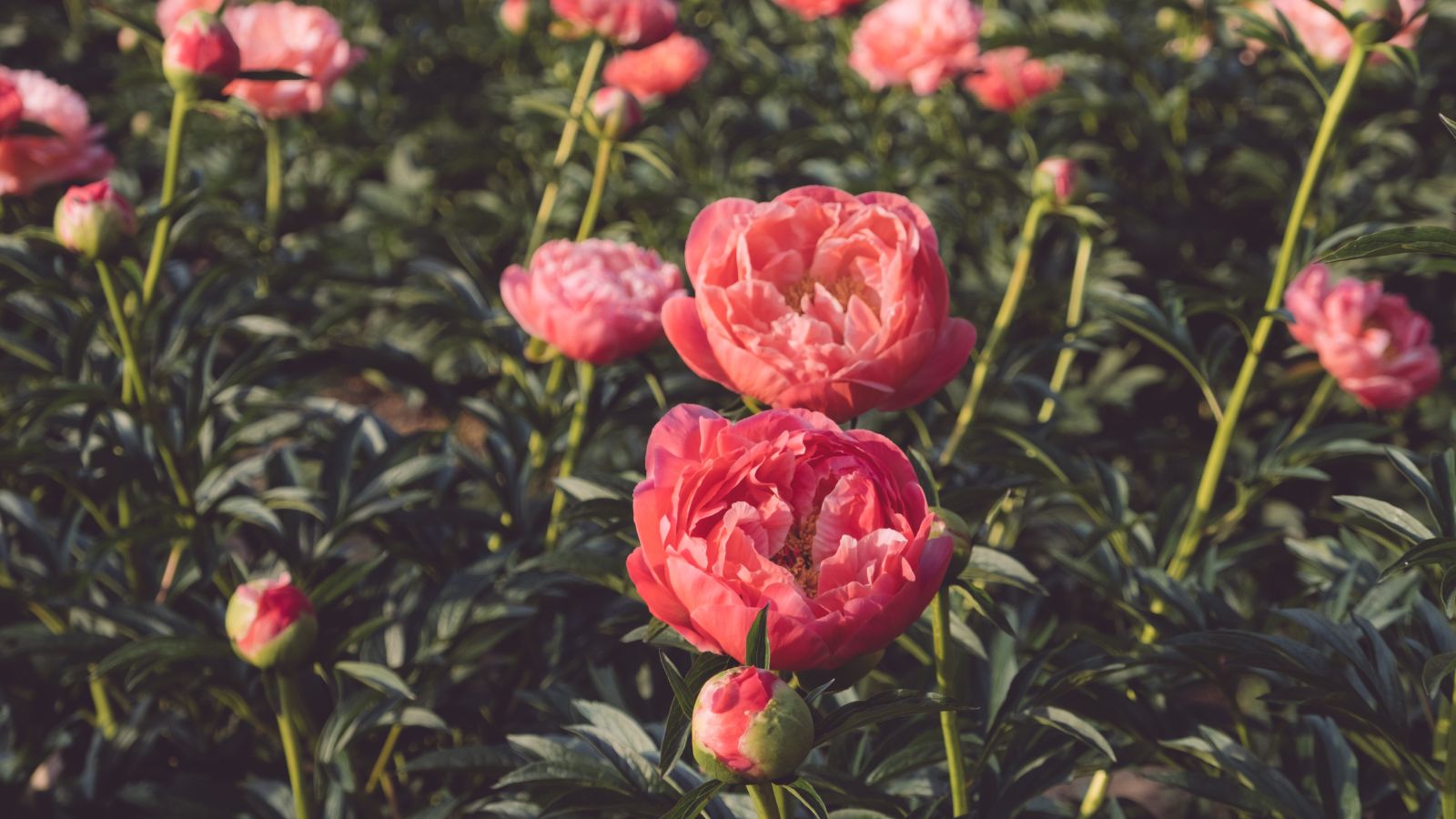
If you’re a Brit who loves gardening, you’ll no doubt have Peonies on your property with their large, luxurious blooms. Famous for their rich colors and intoxicating scent, these perennials are a favorite in borders and cut flower arrangements. While it’s true that Peonies can take a few years to establish, their spectacular display is well worth the wait.
Lily of the Valley
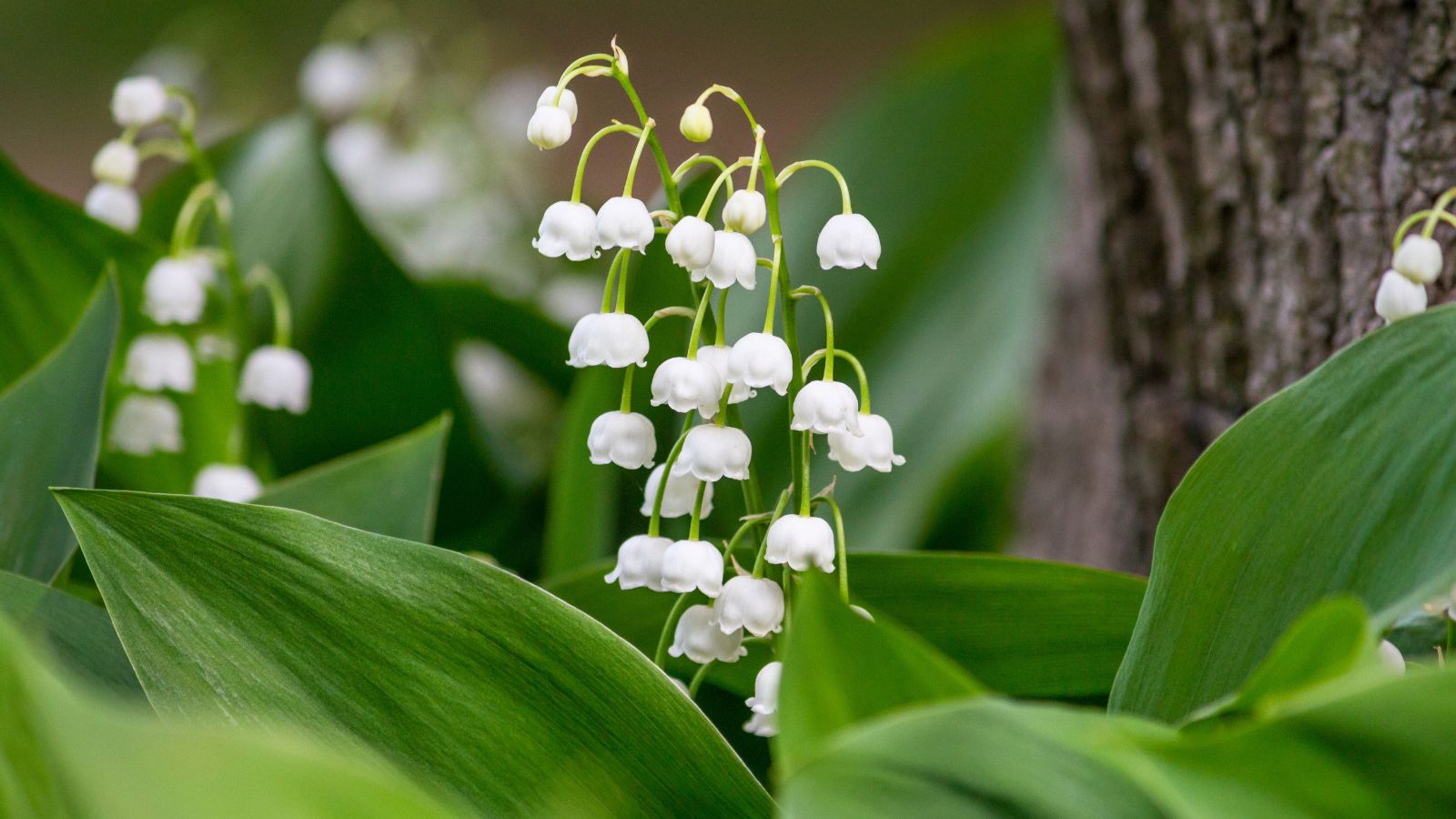
Lily of the Valley, with its sweetly scented, nodding white flowers, is a popular choice for shaded areas. This ground-covering perennial thrives in moist, well-drained soil and spreads easily, creating a lush carpet of green. Its delicate appearance belies its hardiness, making it a resilient garden favorite.
English Ivy
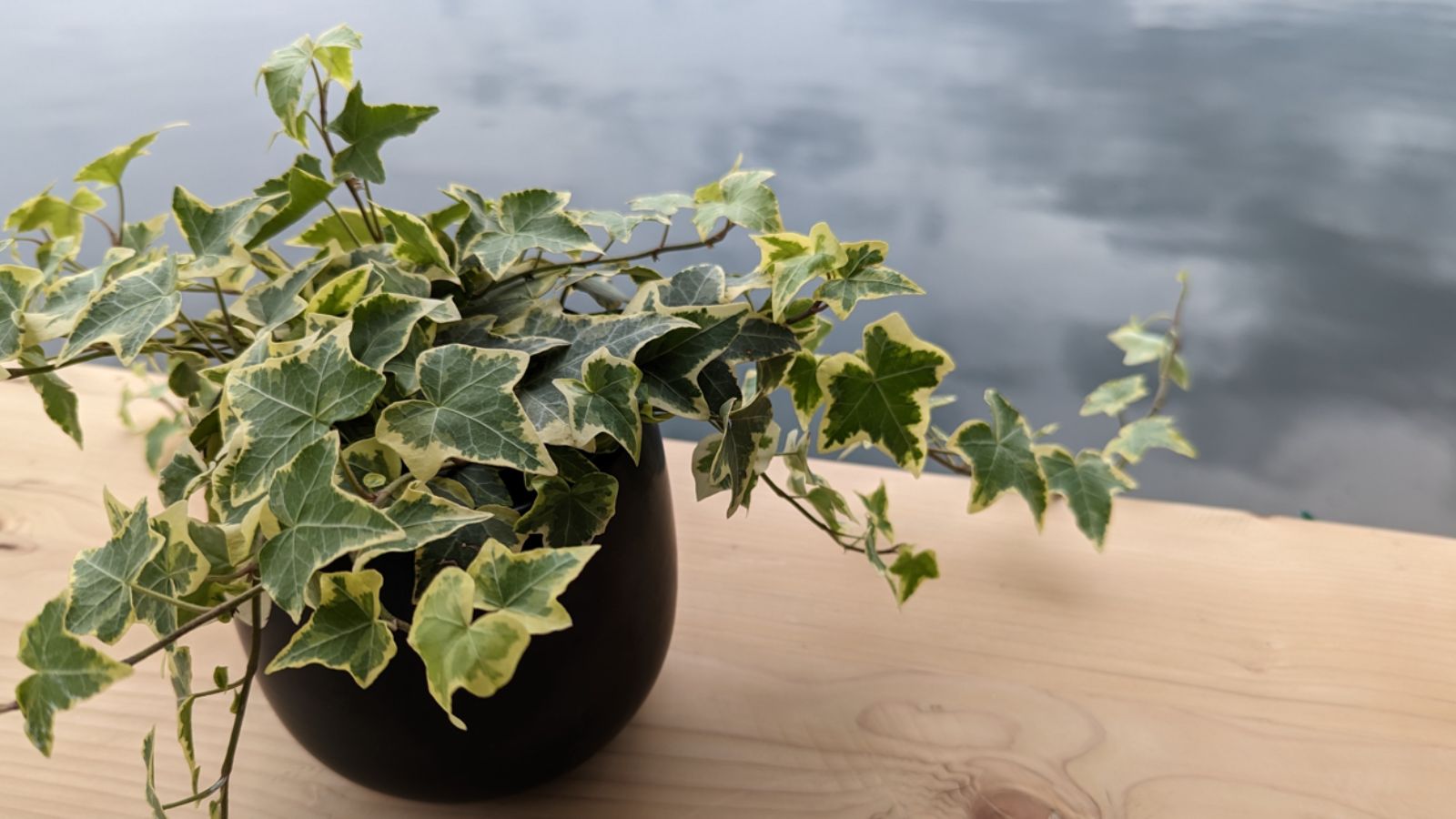
You’ll often see English ivy covering walls or creeping through borders all over the country. Valued for its ability to provide year-round greenery, it can grow in a variety of conditions, from full sun to deep shade. Ivy is low-maintenance and adds a classic, old-world charm to gardens, hence why you likely see it so often.
Rhododendron
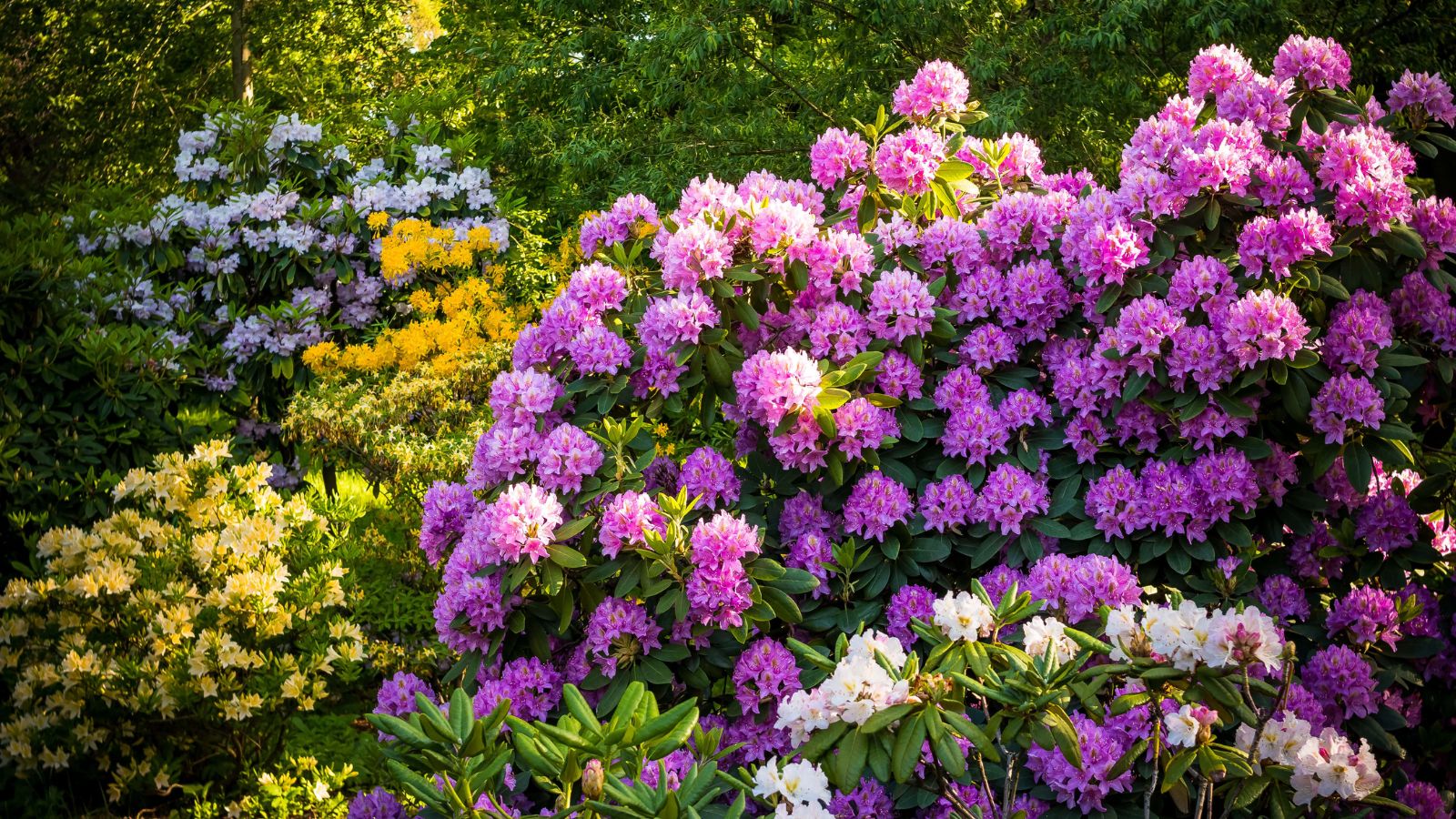
Beloved for their large, showy clusters of flowers, Rhododendrons are another popular choice in British gardens. Preferring acidic soils and partial shade, these shrubs add vibrant colors to woodlands and borders. They can grow quite large, making them an impressive feature plant that draws attention during their blooming season.
Delphinium
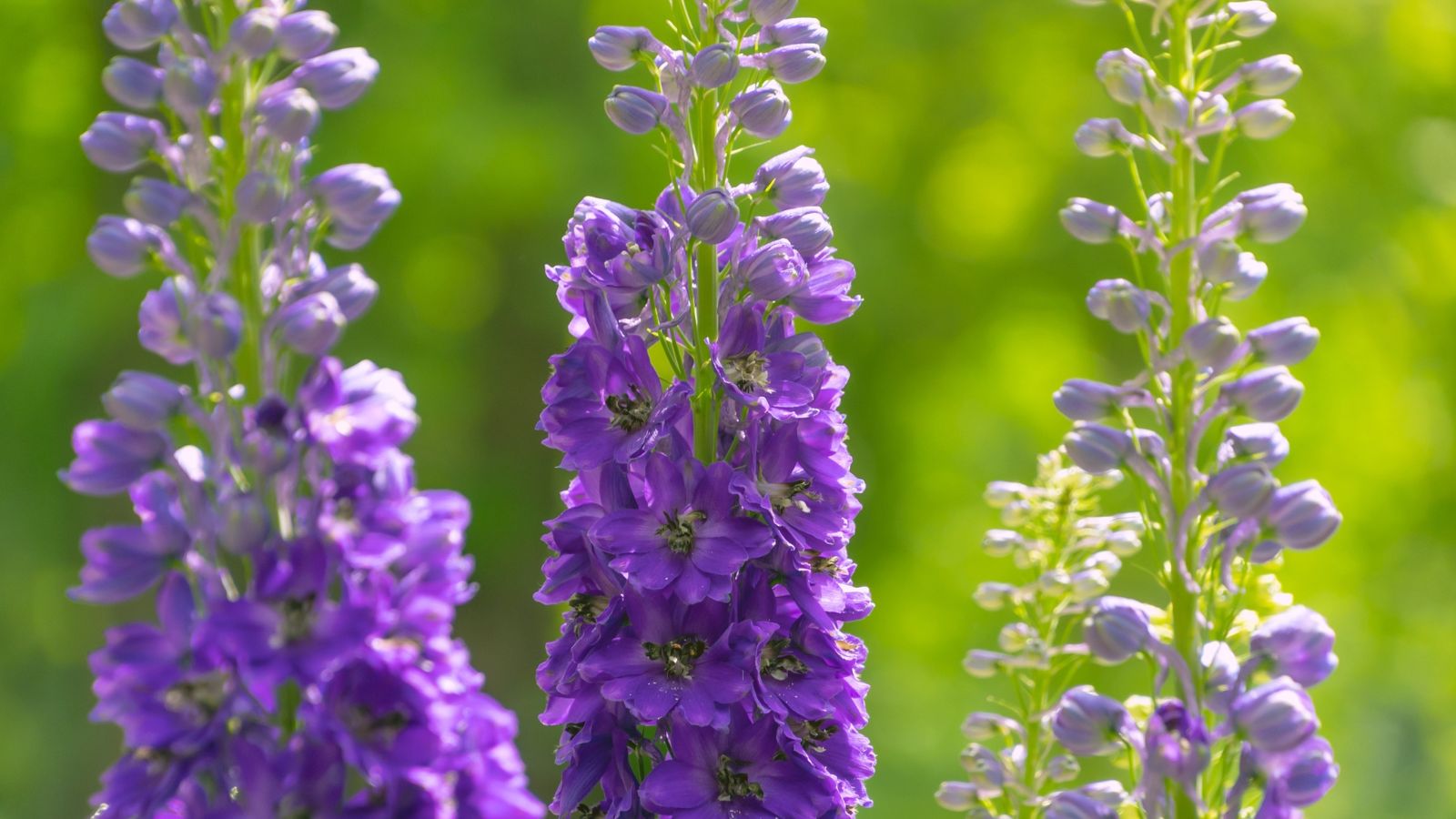
The tall spires of vibrant blue, purple, or white flowers found on Delphiniums are bound to make any Brit feel at home. These perennials require staking and protection from slugs but reward gardeners with a stunning summer display. They’re best grown in rich, well-drained soil and full sun, where they can thrive.
Camellia
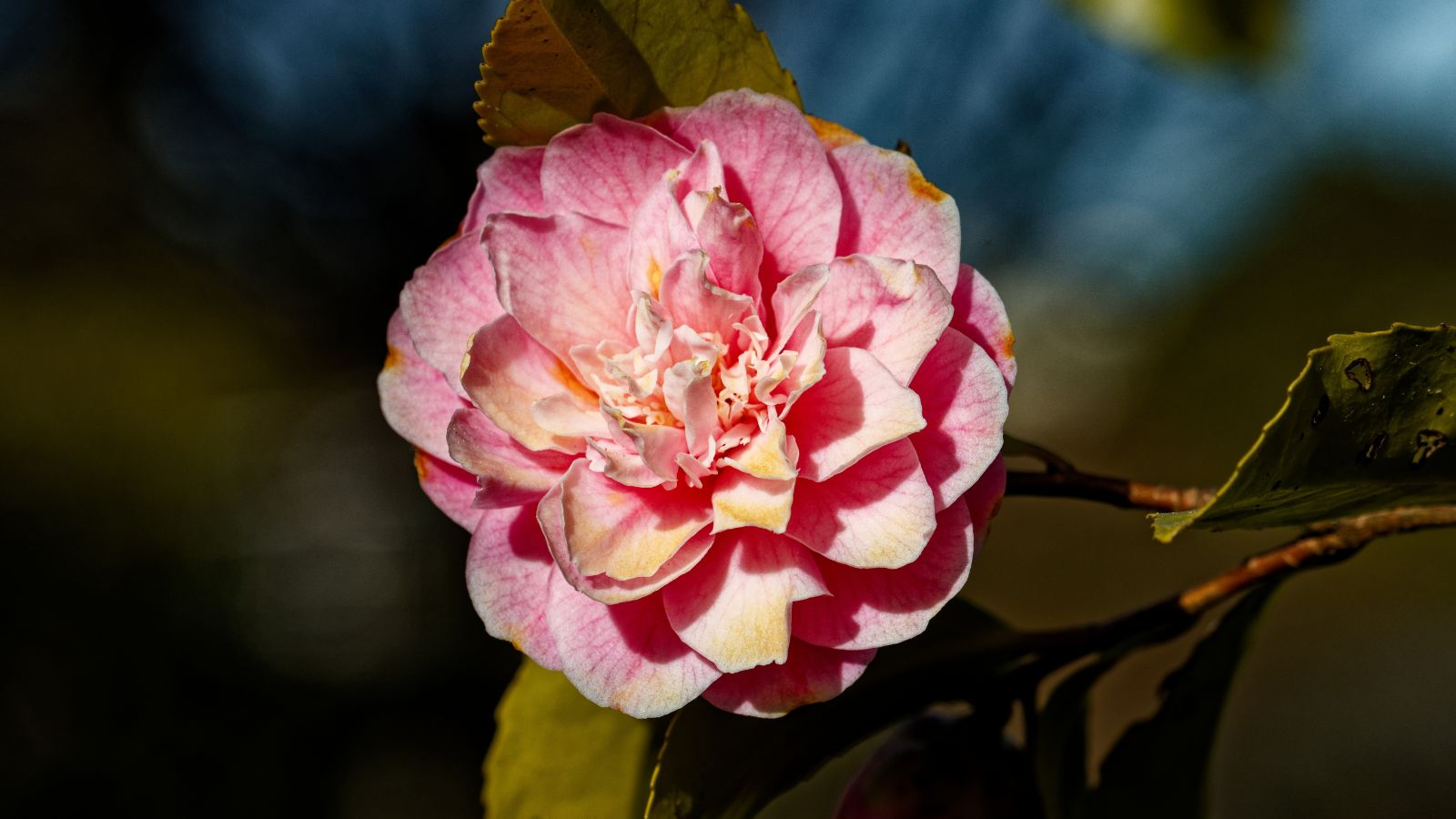
Finally, Camellias bring immense color to our British gardens with their glossy leaves and rose-like blooms that appear in late winter to early spring. Like many plants on this list, they thrive in acidic, well-drained soil and prefer a sheltered spot. Camellias also add elegance and structure, brightening gardens during the colder months.

